Asparagus ramekins

The individual small vegetable ramekins served with your main course are classic Riviera style. The following green asparagus ramekins are great to serve with steaks, chicken or fish and some new potatoes. You can of course choose some other vegetables and herbs for your ramekins.
2 servings
8-10 thin green asparagus spears
A small handful of minced parsley
2 eggs
1 tbsp. flour
2 tbsp. crème fraîche 15 % fat
About 30 g crumbled goat cheese, chèvre
2 tbsp. pine nuts
Freshly ground black pepper
Butter for the ramekins
Preheat the oven to 180 degrees Celsius.
Wash and dry the green asparagus. Cut away the bottom tough parts and peel the spears. Cut them into 3- 4 cm long parts and quickly microwave 2 minutes. Dry on kitchen paper.
Wash and dry the parsley, then mince it.
Butter well 2 ramekins and divide the green asparagus in them. In a bowl whip 2 eggs with 2 tbsp. crème fraîche. Add the black pepper, then slowly the flour and mix well. Add half of the parsley and the crumbled goat cheese and mix well.
Divide the mixture on the asparagus. Divide the rest of the parsley and the pine nuts on top. Bake in the oven for 25 minutes.













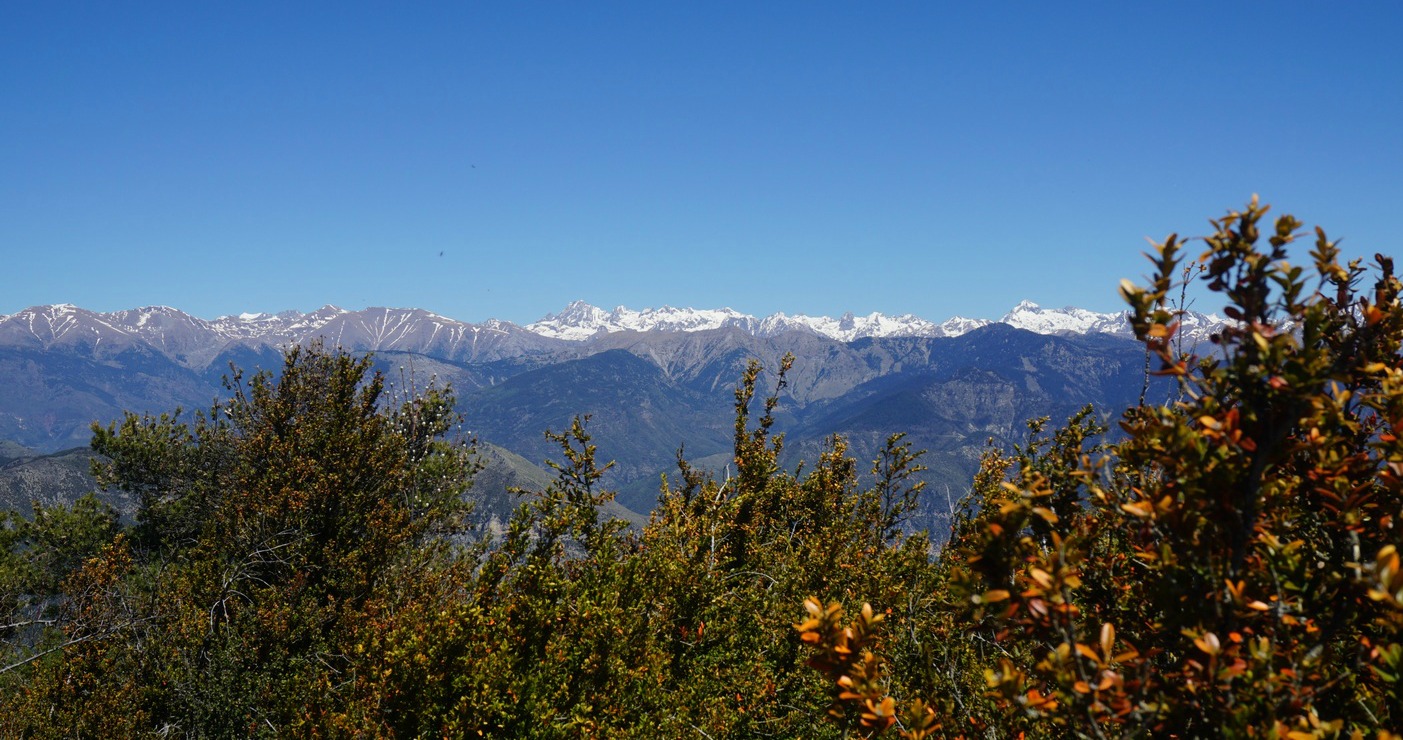


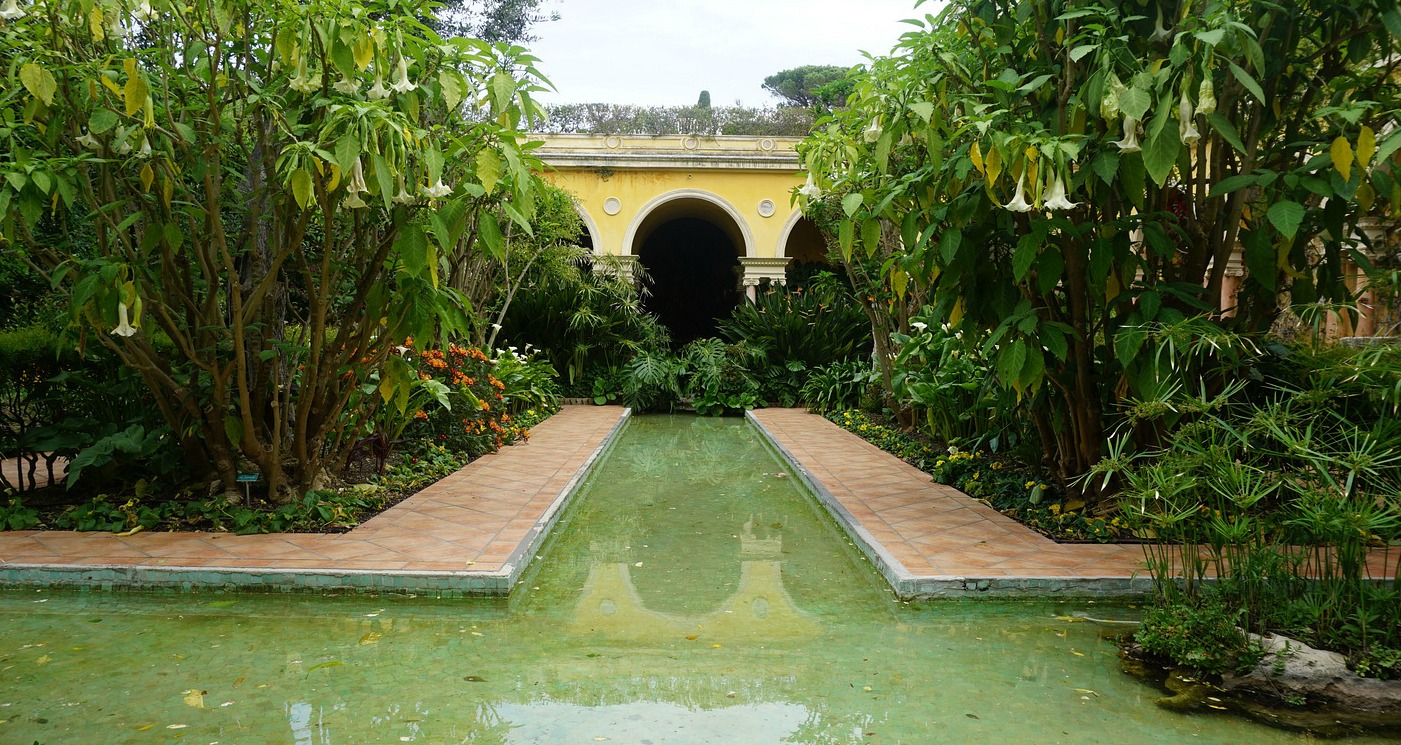
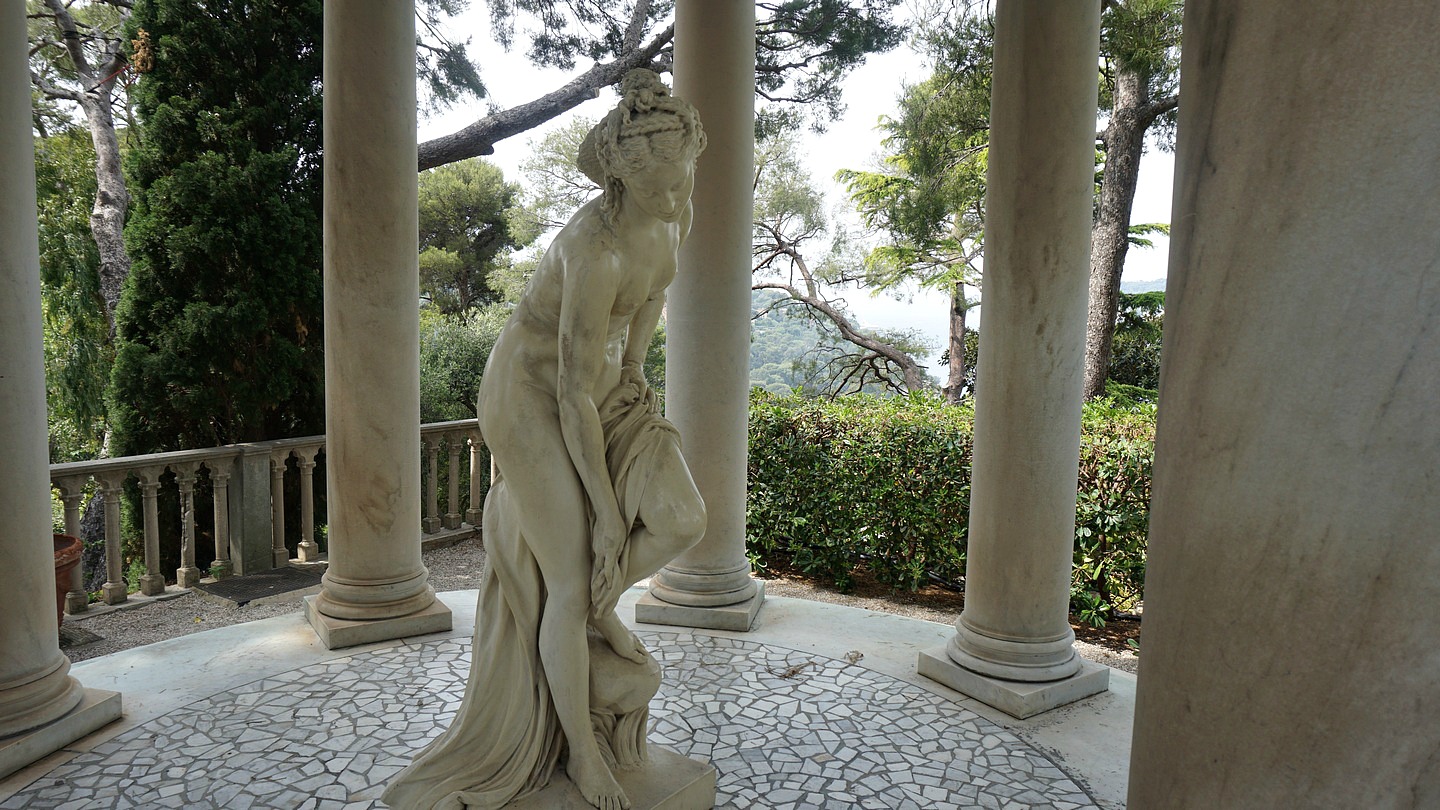


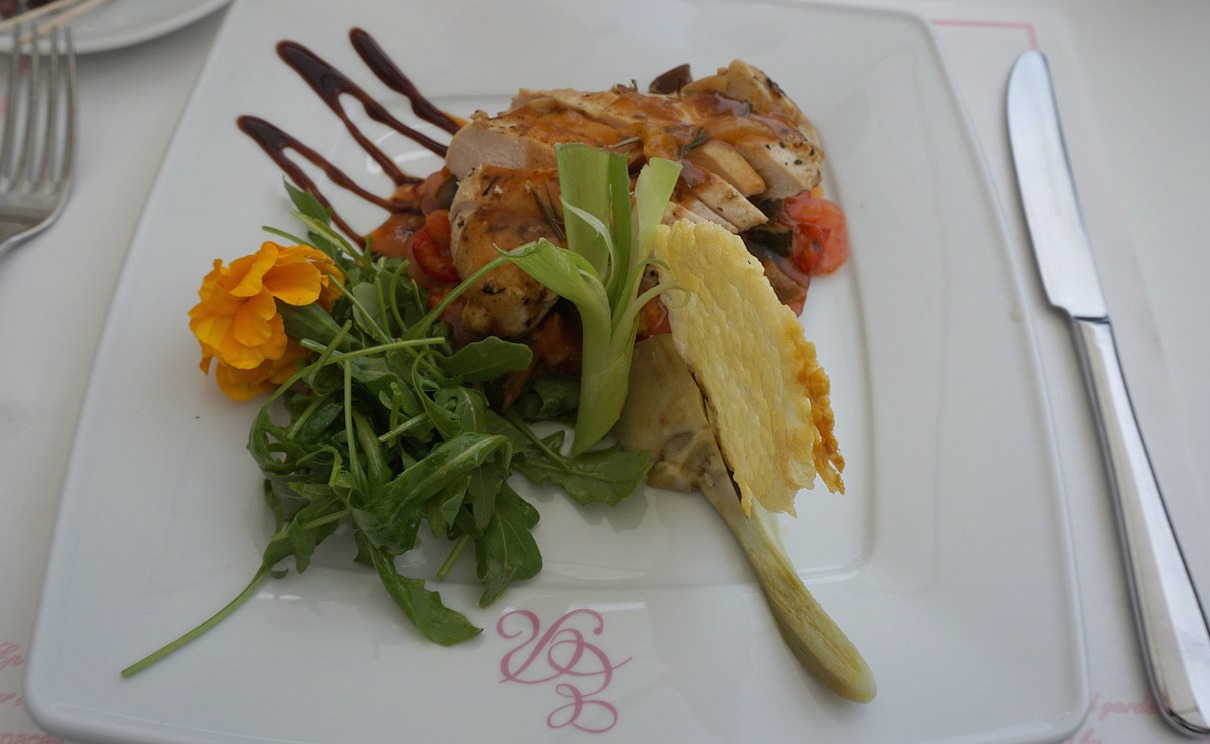






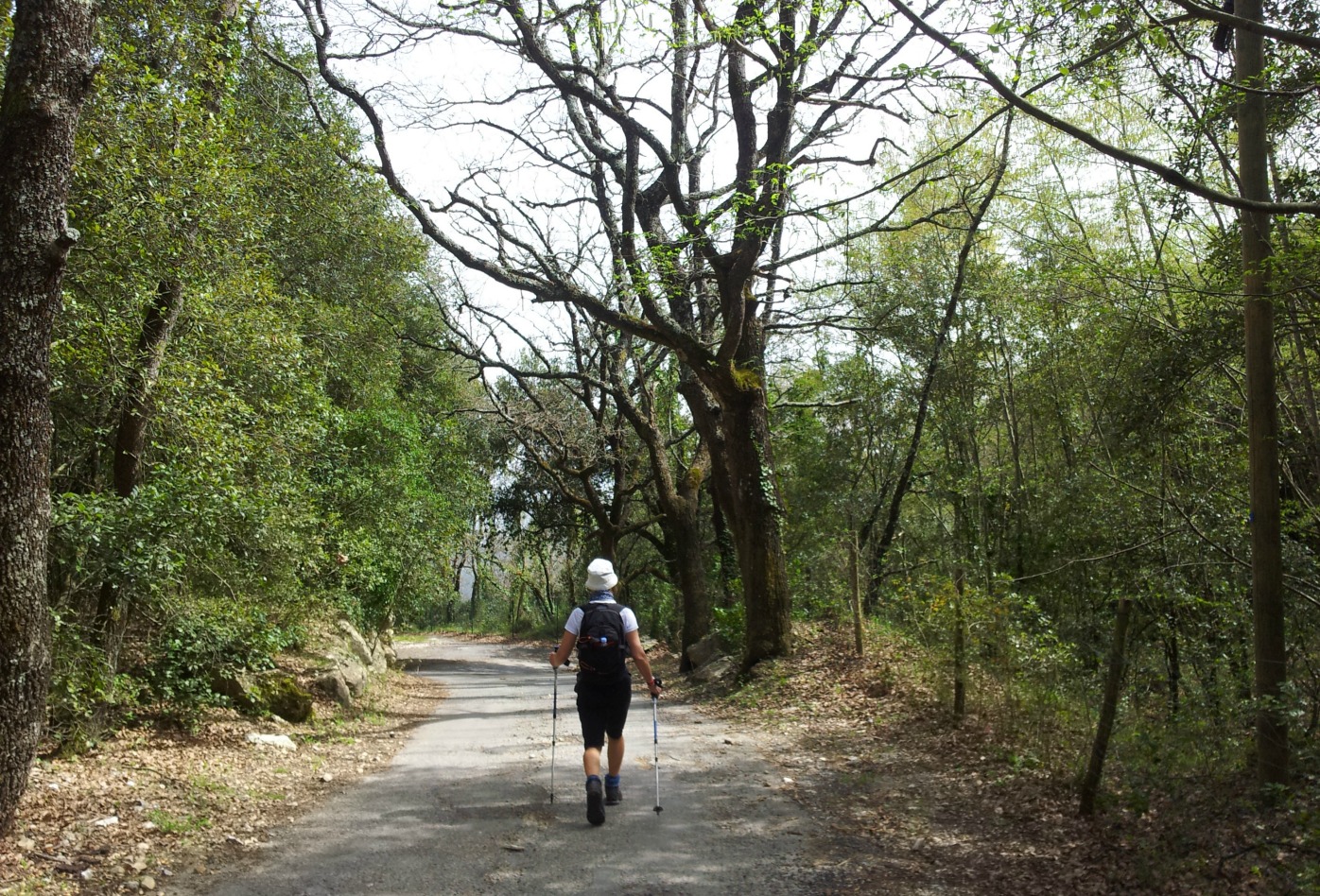












0 comments:
Note: only a member of this blog may post a comment.